
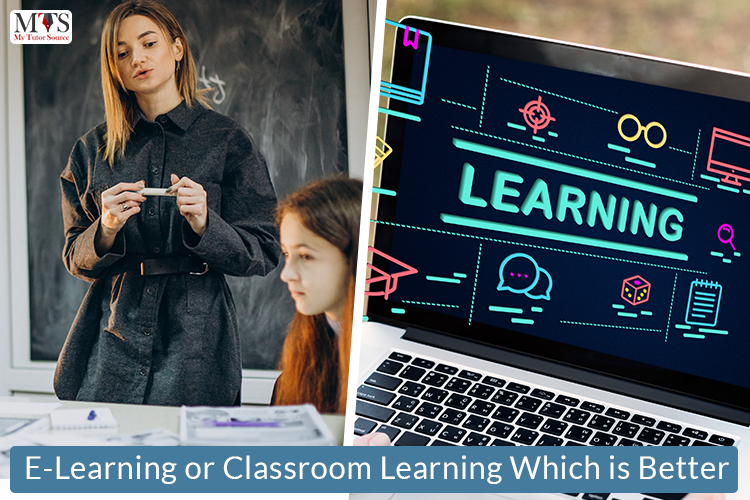
This article will compare traditional classroom learning to relatively new e-learning practices, to help you figure out which is better suited for you as per your personal preferences.
The digital revolution has led us to online modes of learning, it is comparatively new and with the advent of Covid, e-learning has become quite popular. We’ve seen a shift to e-learning globally, and it has proven quite successful.
E-learning is the use of electronic devices or technologies to establish an educational platform to teach programs, courses, or degrees.
So basically, courses that are being taught online via the internet, as well as lectures delivered via videotapes, CD/DVD, or television channels.
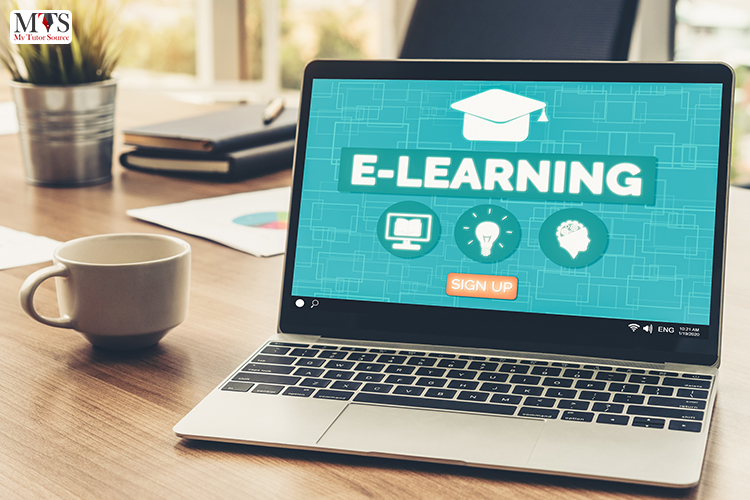
E-learning provides real-time interaction between teachers and students from the comfort of their homes. At times, it can also have pre-recorded lectures that you can just access at a time suitable for you. Your professor can grade your assignments, exams, and class participation online too. It is quick and less time-consuming thanks to all the different online applications available to record, accumulate, and prepare results for class performance.
With learning going digital, the adaptability of learners has increased significantly. There is so much that e-learning has to offer, that we see it becoming the future of education.
I mean, you don’t have to get somewhere, tackling the traffic and the hassle of getting on campus on time. You just have to turn your digital devices on and there you go. Just like that, you are in touch with your instructors, classmates, and course materials.
Instructors can pre-record their lectures, hence leaving no more time constraints, making working and studying together easier. It also allows students to access help at any time, removing the barrier of fixed classroom hours/instructor office hours.
Moreover, numerous different learning modalities are facilitating a broad range of learners. For example, verbal learners can access reading materials, spatial learners can utilize virtual technology, with moving graphics to experience topics coming to life, solitary learners can use the isolation, away from the social setting of classrooms, and so on.
It is quite evident from recent studies that e-learning has a large number of engaging attributes; a few of which we have listed below:
It is cost-friendly with reusable materials and no travel costs, you can select an e-learning course that’s in your budget, and whatnot. E-learning is making education more affordable for students, and even for educational institutes, as it saves up the resources needed to keep an entire campus running.

You can study at your own pace and take the quizzes when you want with many online courses available. There is no time restriction for such courses, allowing you to manage a job easily.
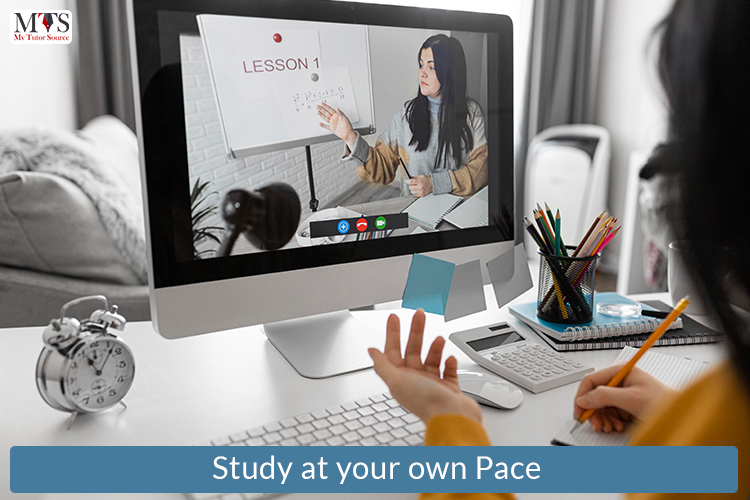
E-learning lets you interact with people from all over the world, expanding your networking horizons. It allows you to get in touch with people having similar skill sets and interests, you never know the person you are taking the course with might turn out to be your next business partner.

Your online classes consist of people from all over the world, allowing you to interact with and learn from them. The more you widen your horizons, the more enriched your learning experience will become.

With no doubt, convenience and flexibility are the most prominent features of e-learning; hence fitting appropriately in our busy schedules. You can also add visual notes to keep track of your learning.
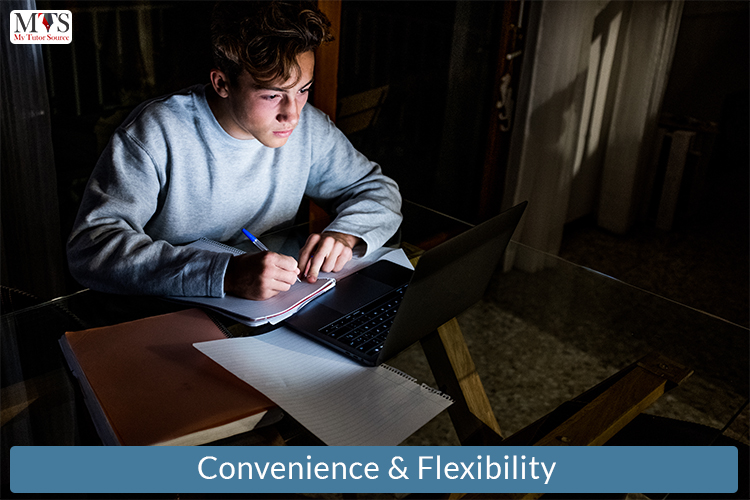
Most people have attention deficit issues which most classrooms don’t seem to take into consideration. And mostly, people tend to be more focused when there are fewer distractions. So e-learning allows you to work in an environment you feel comfortable in.

What better way to hone your skills better than learning from the experts in the field? You get to pick your instructor, so you can select instructors you admire, instead of being stuck with the instructor assigned to teach you at the school.

With an endless amount of courses available online, you get to choose a course according to your interest, timing, and budget requirements.
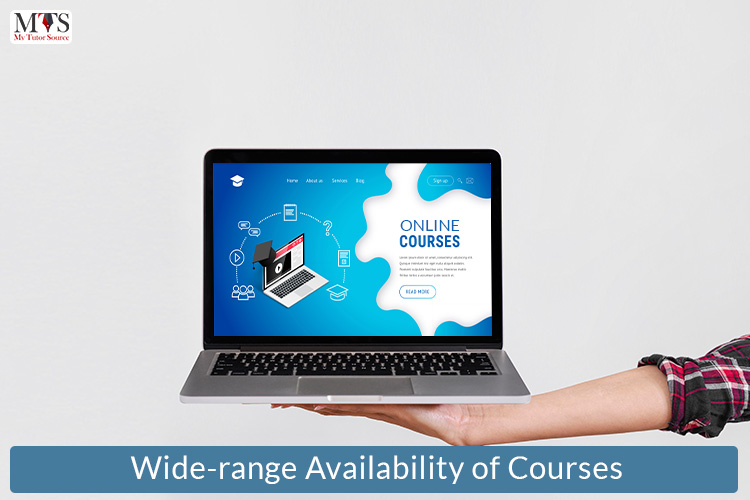
Instead of waiting for the lecture to get over and then realizing your teacher already left for their next lecture, and then having to wait for their office hours to discuss something. You can just send an email or text, or contact support to help you with your issues.
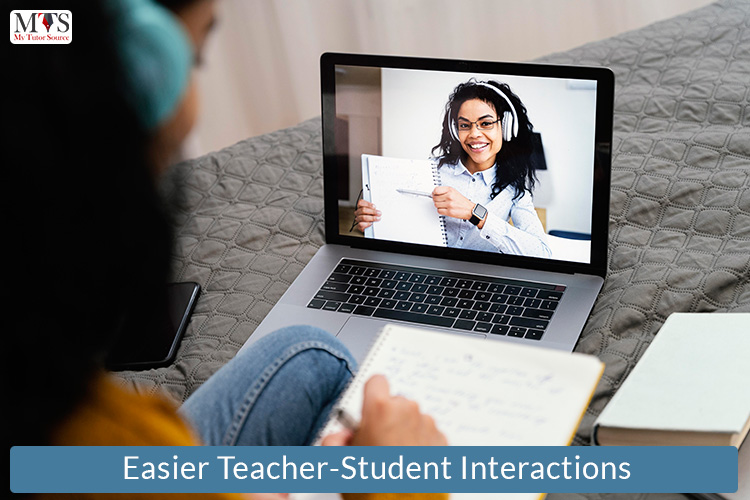
Professional development plays a big role in career advancement. When you are working 9 to 5, it becomes taxing to take an evening class or enroll in a weekend class. However, with hundreds of e-learning courses available now, you can strengthen your resume by taking the course from the comfort of your house, at your preferred time.
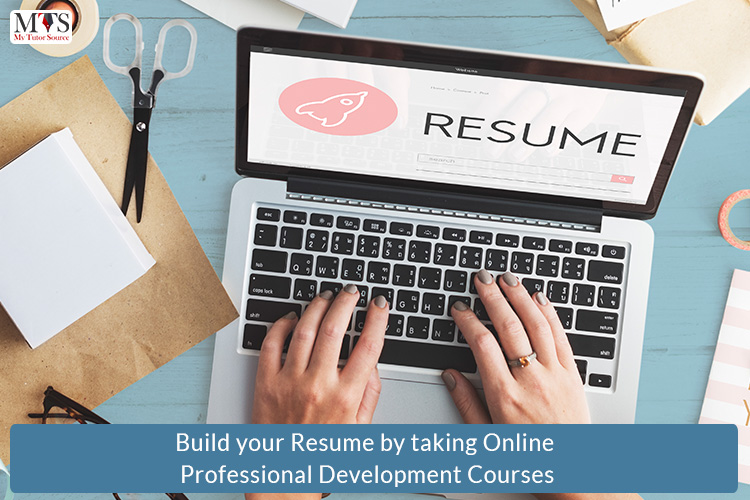
There are a few limitations to e-learning, and they are as follows:
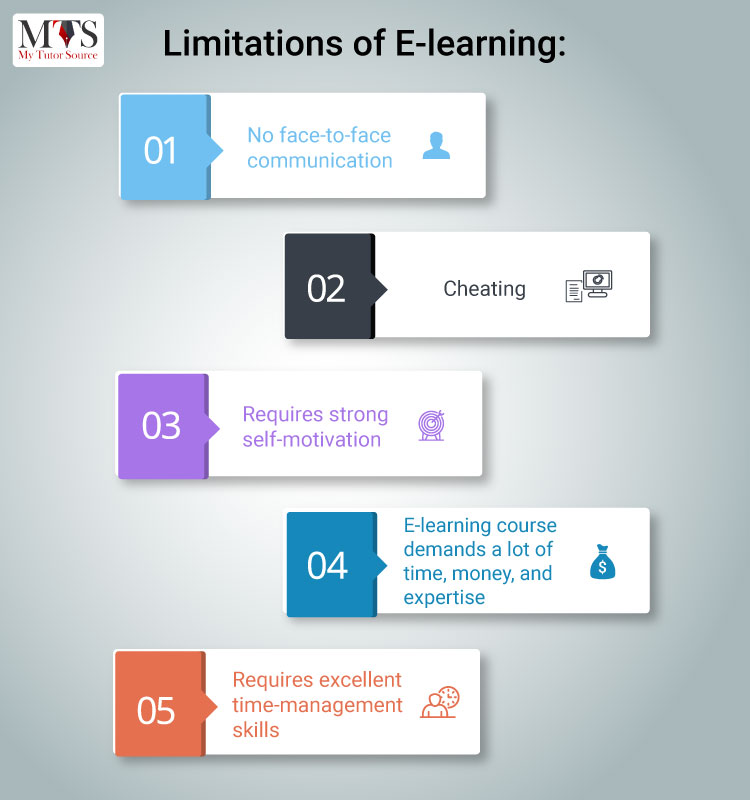
Classroom or traditional learning environment, as evident by its name, is the traditional learning that takes place in a physical classroom, with a certain number of participants, including traditional instructors and students, present physically. It is a source for the open exchange of ideas in person. It also provides a platform for socialization via peer evaluation, team projects, and group discussions.
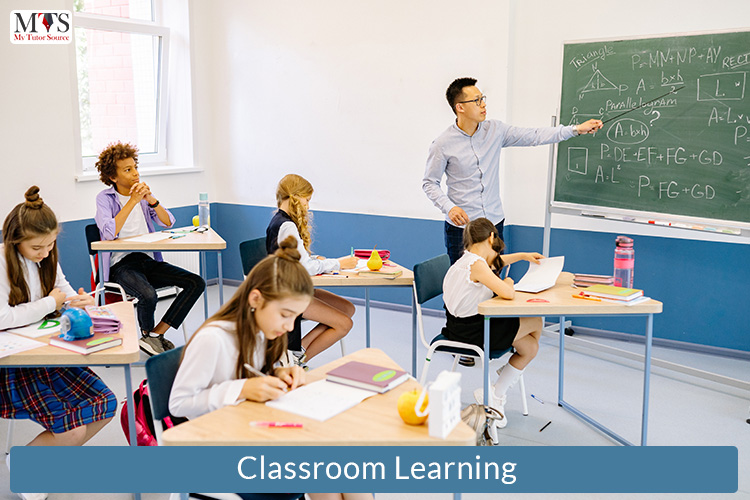
However, with so many students present, the instructor is at times unable to offer the same amount of attention to every student. It creates an environment of passive learning, which we think is one of its greatest drawbacks.
The fact that traditional classroom learning is still the predominant mode of learning is because of it’s undeniable positives. Classroom learning can be an excellent platform to:

However, with the rate, our lives are becoming more and more busy and the advent of the digital age, it is somewhat hard to not pay attention to the drawbacks of classroom learning.
Here are a few limitations of classroom learning:
But most importantly,
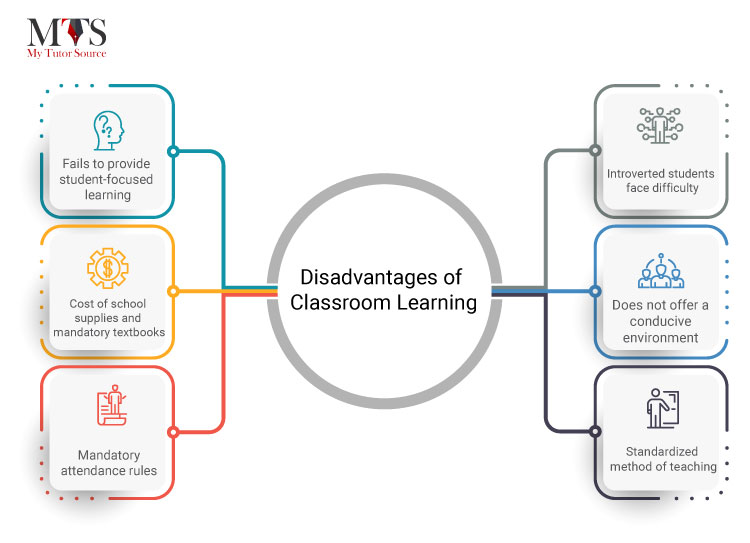
Education, as an institution, has always been formal, with laid out courses, mandatory attendance, and unachievable standards of excellence. Classroom learning has a much rigid, standardized structure, which at times overlooks the diversity of learners. There are less flexible deadlines and timings, not leaving enough room for people to focus on other things.
It doesn’t offer any adaptability to other commitments students might have. Let’s say with changing times, learning needs to be more flexible and adaptable, as per the needs of the digital era.
Virtual classrooms are taught by instructors in a real-time/virtual environment, who are overseeing learning management systems, via any online conference platform, as google meets or zoom.
Whereas e-learning is not conducted in real-time, the students do not necessarily meet the instructor. You are provided with e-learning course materials and syllabus, you can study at your own pace, and once you are done with a specific topic, you can take an online test for evaluation.
So far, we have discussed the main aspects of both learning modes. So if you are trying to figure out which is superior, online learning or face-to-face learning, it depends entirely on your requirements and preferences.
E-learning has proved to be as effective, if not more than classroom learning in the first world. However, in under-developed countries, the poor internet connectivity and lack of digital resources, it has not proven as effective.
It also matters whether or not you live in a country that values the traditional degree system. Because in the modern world, the traditional degree system is getting obsolete. If you are a professional, and you need to learn new skills and tools, then e-learning is the best option for you.
Learning outcomes are designed by the instructors, defining what students can expect to gain at the end of the course. These learning outcomes have very standardized goals and objectives.
So, for traditional classroom learning, we see that the outcomes are at times structured so people can pass the course exams. However, the learning outcomes are somewhat similar in e-learning, but they are also more structured to prepare you for professional life.
Again, it’s not easy to compare the two, but if you have to decide what suits you better, you need to consider the following three aspects:
1. Knowledge Transmission
Make sure the course you select is delivering you knowledge in a way that suits your specific needs.
2. Structure of Learning Environment
Make sure the learning environment is structured in a way that facilitates your learning.
3. Goal Achievement
Lastly, do consider the objective benefits you’ll be gaining from the course.
This debate of which learning method is more superior to the other is a never-ending one. There are a lot of people who favor traditional classroom learning, but e-learning is also gaining popularity day by day.
There are a lot of positives for e-learning and people are preferring e-learning over traditional classroom learning, but there are still a lot of things that need to be addressed before e-learning becomes a one-stop-shop.
So, just make sure you know your learning, budgetary, and time/place requirements, and choose a course that is best suited for your unique needs.